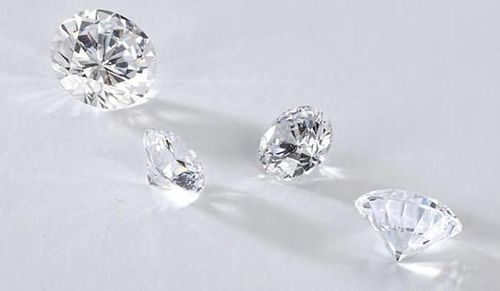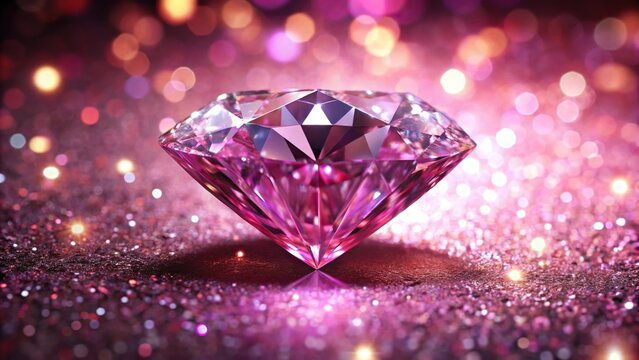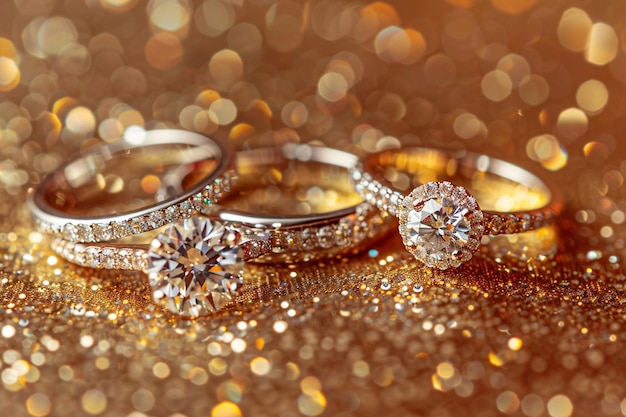
In today’s jewelry market, the choice between lab-made diamonds and natural diamonds sparks lively debates among consumers. Both types offer distinct advantages and considerations that can influence your decision significantly. Let’s delve into the details to help you navigate this sparkling dilemma.
Introduction to Lab-Made Diamonds vs. Natural Diamonds
Before diving into the specifics, it’s crucial to understand the fundamental differences between lab-made diamonds and their natural counterparts. Natural diamonds form deep within the Earth’s mantle over millions of years through intense pressure and heat, whereas lab-made diamonds are created in controlled environments designed to replicate these natural conditions.
How Lab-Made Diamonds Are Created
Chemical Composition and Structure lab made diamonds vs real, also known as synthetic diamonds, share the same chemical composition (pure carbon) and crystal structure (cubic) as natural diamonds. However, their origin and formation process distinguish them significantly.
Different Methods of Production There are two primary methods for creating lab-made diamonds: High Pressure High Temperature (HPHT) and Chemical Vapor Deposition (CVD). HPHT mimics the natural diamond formation process by subjecting carbon to high pressure and temperature, while CVD involves depositing carbon atoms onto a substrate in a controlled chamber.
Characteristics of Lab-Made Diamonds
Quality and Purity Lab-made diamonds are celebrated for their high purity levels and quality consistency. They often exhibit exceptional clarity and color, making them a desirable choice for jewelry enthusiasts seeking perfection.
Color and Clarity Variations Unlike natural diamonds, which may have imperfections and color variations, lab-made diamonds can be produced with specific color grades and minimal flaws, catering to individual preferences.
Cost Comparison: Lab-Made vs. Natural Diamonds
Factors Influencing Pricing One of the most significant advantages of lab-made diamonds is their cost-effectiveness compared to natural diamonds. Factors such as production efficiency and reduced mining impact contribute to lower prices for lab-made options.
Affordability and Market Trends As consumer awareness grows and technology advances, lab-made diamonds have gained popularity as a more affordable yet equally stunning alternative to natural diamonds.
Durability and Longevity
Hardness and Scratch Resistance Both lab-made and natural diamonds share exceptional hardness and durability, making them suitable for daily wear. They resist scratching and maintain their brilliance over time with proper care.
Maintenance and Care Tips Regular cleaning and professional maintenance ensure that both types of diamonds retain their luster and beauty. Simple practices like using a soft brush and mild detergent can keep your diamond jewelry looking exquisite.
Aesthetics and Visual Appeal
Sparkle, Brilliance, and Fire The dazzling sparkle of diamonds is a result of their optical properties, including brilliance (white light reflection), dispersion (fire or spectral colors), and scintillation (play of light). Lab-made diamonds exhibit comparable brilliance to natural diamonds under various lighting conditions.
Appearance Under Different Lighting Conditions Whether in natural sunlight or artificial lighting, both lab-made and natural diamonds exhibit captivating brilliance and scintillation, enhancing their allure in any setting.
Environmental Impact of Lab-Made Diamonds
Sustainability Aspects Choosing lab-made diamonds supports sustainability efforts by minimizing the environmental impact associated with diamond mining. These diamonds require significantly less energy and water to produce, contributing to a greener future.
Carbon Footprint Comparison Compared to natural diamonds, which require extensive mining operations and transportation, lab-made diamonds have a smaller carbon footprint, aligning with eco-conscious consumer preferences.
Ethical Considerations: Lab-Made vs. Natural Diamonds
Conflict-Free Sourcing One of the most compelling reasons to opt for lab-made diamonds is their assurance of being ethically sourced. Unlike natural diamonds, which may originate from conflict zones, lab-made diamonds offer peace of mind with their conflict-free status.
Transparency and Traceability Manufacturers of lab-made diamonds prioritize transparency and traceability throughout the production process, ensuring consumers can make informed decisions about their diamond purchases.
Market Demand and Consumer Trends
Shifting Preferences in the Jewelry Industry There’s a noticeable shift in consumer preferences towards lab-made diamonds, driven by ethical concerns, affordability, and the desire for customization. Millennials and Gen Z, in particular, are leading this trend towards sustainable and socially responsible choices.
Popularity Among Millennials and Gen Z Younger generations value authenticity and sustainability, making lab-made diamonds a preferred choice for engagement rings and other fine jewelry pieces.
Common Myths and Misconceptions
Misunderstandings About Lab-Made Diamonds Despite their growing popularity, lab-made diamonds face misconceptions regarding their value and authenticity. Understanding the facts can dispel these myths and empower consumers to make confident purchasing decisions.
Addressing Concerns About Value and Authenticity Lab-made diamonds hold inherent value based on their quality, durability, and ethical production methods. They offer a genuine alternative without compromising on beauty or desirability.
Certification and Authentication
Standards and Grading Bodies Lab-made diamonds are subject to rigorous standards and certifications similar to natural diamonds. Reputable grading bodies provide assurances of quality and authenticity, guiding consumers in their diamond selection process.
Ensuring Quality and Reliability When purchasing lab grown diamonds, look for certifications from recognized laboratories that validate their quality and authenticity. This ensures you’re investing in a diamond that meets industry standards.
Consumer Advice: Choosing Between Lab-Made and Natural Diamonds
Factors to Consider Based on Personal Preferences Your decision between lab-made and natural diamonds may hinge on personal values, budget constraints, and aesthetic preferences. Consider what matters most to you when selecting the perfect diamond.
Shopping Tips and Guidance Consult with reputable jewelers who specialize in lab-made diamonds to explore your options and gain insights into their unique characteristics. Ask questions about quality, pricing, and long-term value to make an informed choice.
Innovations and Future Trends
Advances in Technology and Production Ongoing advancements in diamond-growing technology promise exciting possibilities for the future of lab-made diamonds. Innovations may lead to even higher quality and more customizable options for consumers.
Potential Market Impacts As technology evolves and consumer awareness grows, lab-made diamonds are poised to play a significant role in shaping the jewelry industry’s future. Their sustainable and ethical appeal continues to resonate with a conscientious global audience.





